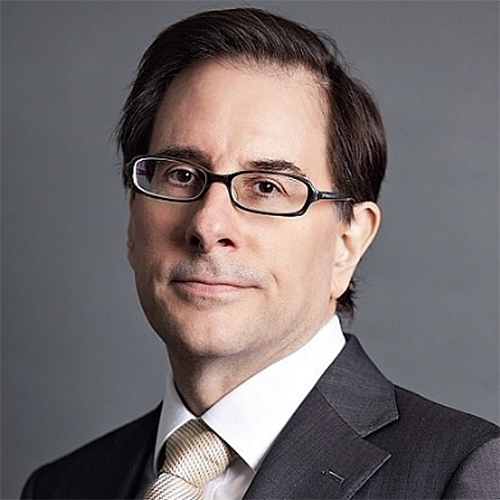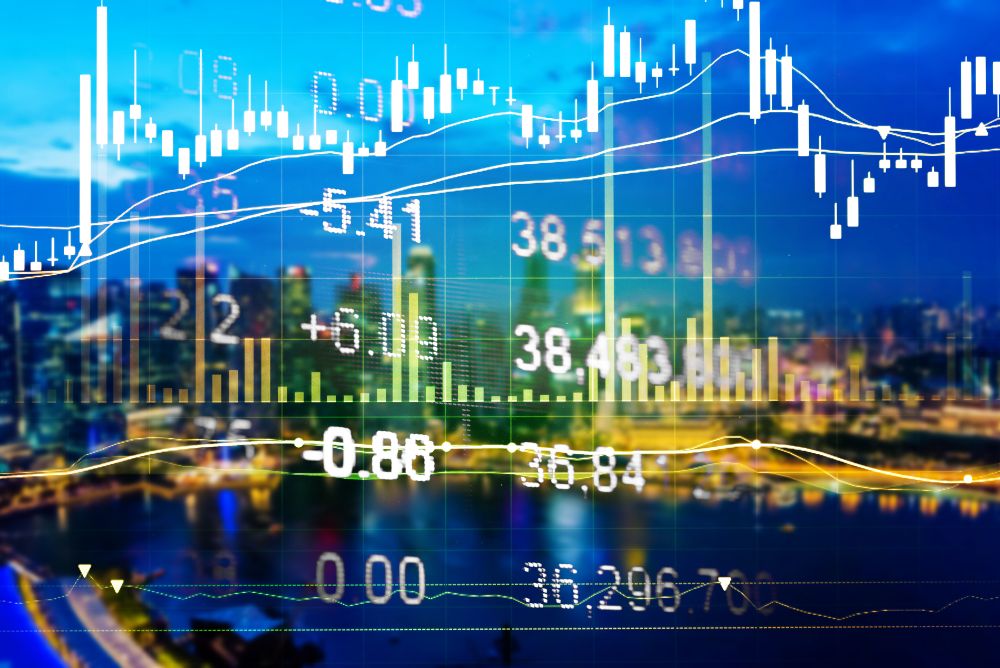AS China and Hong Kong steadily lead the world out of lockdowns imposed by the coronavirus pandemic, there is hope that life will slowly return to normal. Markets, however, may take longer to recover, given how they were shaped before the crisis began.
Before the pandemic erupted, markets seemed to be ignoring almost all tail risk and were pricing in a near-perfect world – with the caveat that if perfection was not immediately available, central banks could be called on to deliver it on a silver platter.
Even before the sell-off, central banks had pumped markets full of liquidity and lowered interest rates to a level where little-to-no risk was priced in. For this reason, there is almost no possibility that markets will rapidly return to the levels they were at in early February. If they do return to these highs, it will indicate that central-bank intervention has simply distorted them further.
Navigating the new normal
The world has witnessed an immense, rapid and coordinated intervention in markets. The rulebooks for government and central-bank support have been rewritten, if not completely torn up. While this is the continuation of a decade of loose policy, it is still unprecedented in scale. Markets have been supported, calmed and caught out by these moves, and alarm bells are ringing to signal that the reckoning may come. Yet for now, it would be wise to be mindful not to fight the Federal Reserve (Fed) and its friends.
Despite this, there is an air of cautious optimism. Flexibility, clarity of thinking, a diligent underwriting process and avoiding complacency will all be essential. As will being wary that the lows may not be behind us just yet, and that the volatility is almost certainly not.
Sectors in focus: financials and energy
Banking and energy are bellwethers for the future state of credit markets. Opportunity exists in financials, which represent about 30% of aggregate exposure across investment-grade indices. Markets do not seem to have factored in the strong capital position or balance-sheet strength of many banks, as well as the support they have received. National champion banks are favoured, as they tend to be the transmission mechanism for stimulus.
Nonetheless, it is recognized that the asset quality of banks has deteriorated over the last quarter. Among other measures, the fact that banks have been forced to draw on their revolving credit facilities (RCFs) means that their balance sheets have expanded at a time when they might have preferred to tighten their lending disciplines.
A positive view of the credit instruments of banks does not imply attractive equity valuations. While European banks have been banned from paying dividends, the chair of the European Central Bank’s (ECB’s) supervisory board has said that there are no plans to order banks to suspend interest payments on debt instruments like additional tier one (AT1) or tier two instruments.
Meanwhile, the energy sector was under pressure even before the Organization of Petroleum Exporting Countries (OPEC) and Russia failed to come to a supply-cut agreement. This was cataclysmic for oil prices, and most keenly felt by North American producers and their support infrastructure. An agreement was reached in April to cut exports by 9.7 million barrels per day, although this is unlikely to be enough to stabilize prices.
There is currently a substantial imbalance between supply and demand, which should remain for several quarters. North American producers with weak liquidity and balance sheets can now only hope for direct government support. Bankruptcies within the sector have already started and are expected to increase, irrespective of how markets recover.
This will have material implications for credit markets. Energy accounts for over 12% of the US high-yield market, following the addition of fallen angels – or credits downgraded from investment-grade status –to the index.
Seeking opportunities in the eye of the storm
There are more nuanced and idiosyncratic stories across sectors, geographies and sub-asset classes.
It’s very likely that more volatility will be seen – both above and beneath the surface – in the months ahead. There is considerable distress within markets, ratings downgrades and an uptick in defaults. There will be a credit cycle – most likely a short one – and markets will undergo a cleansing.
This is one reason that there is unlikely to be a symmetrical recovery, such as the one witnessed after the sell-off in Q4 2018. Companies with less leveraged balance sheets are not as likely to be affected in the longer term, but in some sectors even the most defensive issuers could default in the absence of external support.
This is not a buy the dip situation, and credit analysis will be at a premium.
Central banks and governments are battling against this turmoil in markets. Be under no illusion about the extent of their monetary-policy actions. This was accompanied by an equally monumental fiscal response which includes wage subsidies, tax relief, grants, loans, bailout packages and universal income.
There are questions about the moral hazard of central-bank decisions and if they could result in longer-term issues. While these points have some merit, it is believed that fast action was required in this particular instance. Moreover, central banks are not given precision instruments to work with. As a result, they have used a sledgehammer to crack a nut.
While some may conclude that central bank intervention has been insufficient or even counterproductive, it has succeeded at stabilizing markets. The hope is that the transmission mechanisms lying beneath the surface will be able to facilitate the support that individuals and companies need.
It seems likely that quantitative easing and zero interest-rate policy will be here for a long time. Sometime in the future, it will be time to examine whether our central bank emperors are wearing any clothes.
Andrew Jackson is head of fixed income at Federated Hermes









